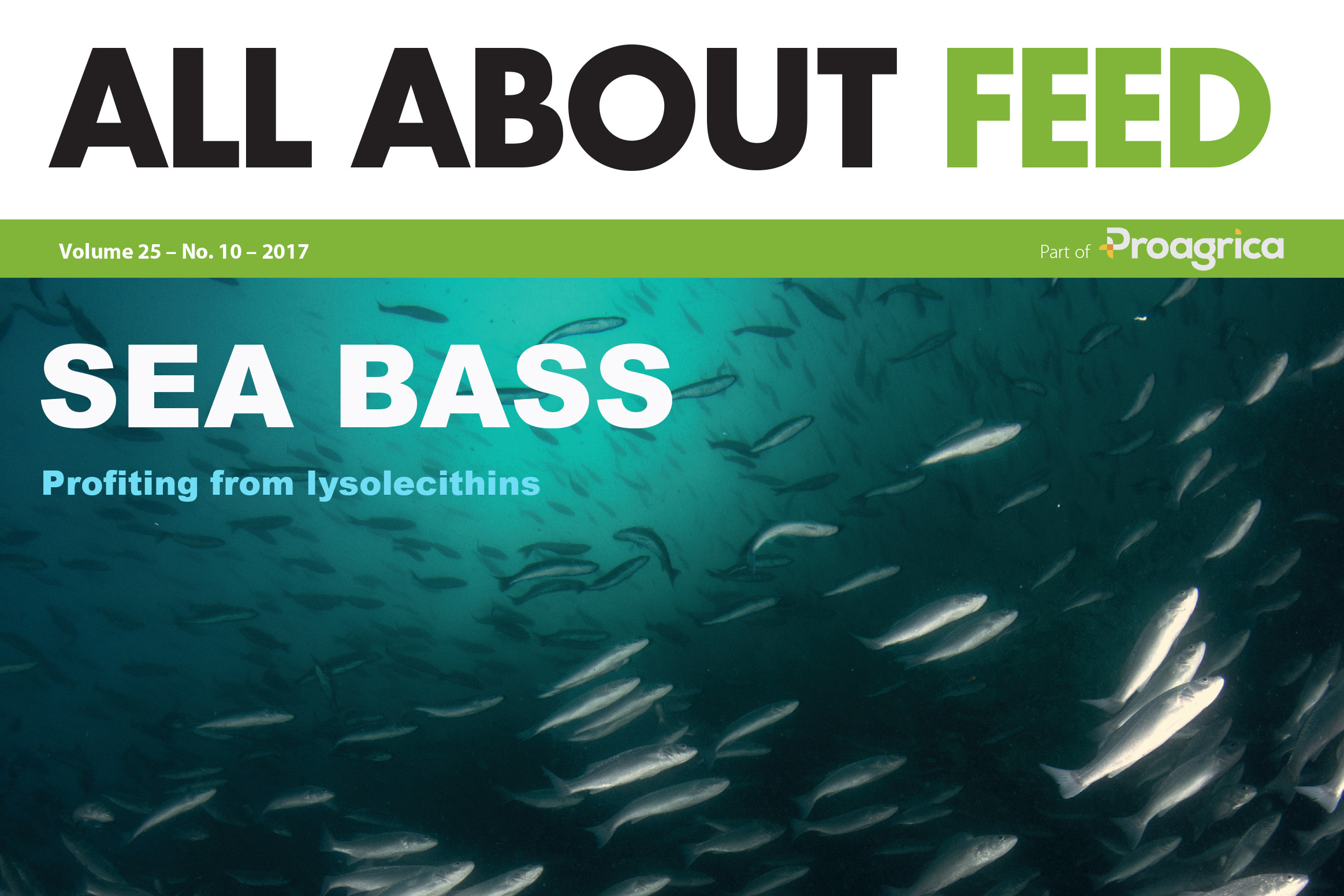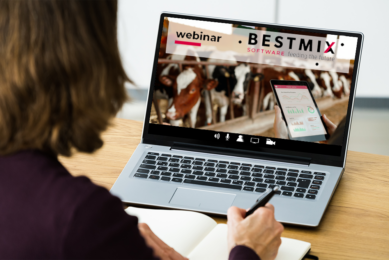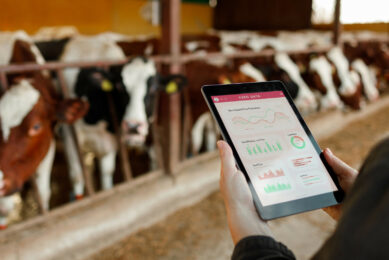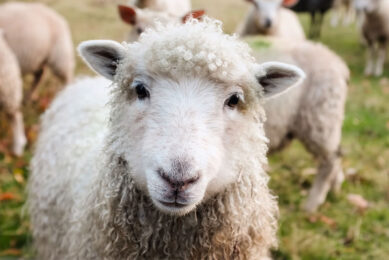All About Feed issue 10 now available to read

The digital version of All About Feed magazine issue 10 is now available to read online. In this last issue of 2017 we look at how to prevent shrink control on a dairy farm, the effect of feed conditioning for poultry feed and much more.
Conditioning effect
Temperature and retention time in conditioning can affect feed production, pellet quality, and consequently bird performance. The main advantage of feeding pellet to farm animals is the improvement of growth performance through feed intake, weight gain and feed conversion ratio (FCR). Birds fed a pellet diet compared to those received mash diet consume less energy for example. The author Samira Hassanpour, PhD student Poultry Nutrition from the Ferdowsi University of Mashhad in Iran delved deeper into this issue in her article.
Shrink control
All About Feed editor Emmy Koeleman visited the farm of the Statz brothers to find out who they have tackled the problem of shrink, together with the company Diamond V. Shrink means the loss of feed ingredients, labour and time associated with feeding and loss due to reduced accuracy of feeding. The raw materials that a farmer buys or harvests are not the same weights or volumes that are actually being fed to the animals. Shrink can therefore be seen as the loss of resources that never have the potential for economic return. In the article David Green from Diamond V explained: “Its impact often goes unnoticed because the operation does not have systems and protocols in place to measure or monitor shrink. However, if the operation is not actively managing shrink, then what starts out as an abnormal loss becomes commonplace and part of the routine cost of doing business”.

Lysolecithins for farmed fish
In this cover story we look at sea bass and the application of lysolecithins in their diets. Many farmed fish farmers use alternative fat and protein sources, for instance those originating from plants. Vegetable fat and protein sources have disadvantages, such as higher anti-nutritional factors, high level of carbohydrates and lower nutrient densities. In these type of diets, it has been shown that a good dietary emulsifier is key. This can be in the form of products containing phospholipids and lysophospholipids (also known as (lyso-) lecithins). In this article we explain more what this entails.

Micronutrients for plants
Mark Gaffney, PhD, Research Project Managerat the Alltech European Bioscience Centre explained in his article how we can get more out of our crops by applying minerals/micronutrients. In terms of crop nutritional management, micronutrients play a crucial role in plant health and development. Despite their relatively small inclusion rates, research in the area of trace minerals has demonstrated that form and application approach play important roles in uptake efficiency and ultimately, crop productivity. There are many forms of minerals currently on the market and are often generically referred to as either inorganic, typically in the form of sulphates or carbonates, or as organic minerals, whereby a mineral is bound to an organic ligand such as an amino acid.

Also in this issue:
- Fresh updates at amino acid academy
- Feed additive combo for better digestibility
- Effects of replacing sodium bicarbonate
- Antibiotic-free: definitions might vary
- Impacts of gut microbiota on animal health
- Need for healthy gut
To read all the articles in this issue, go to the magazine overview page and sign up with your current website login.











